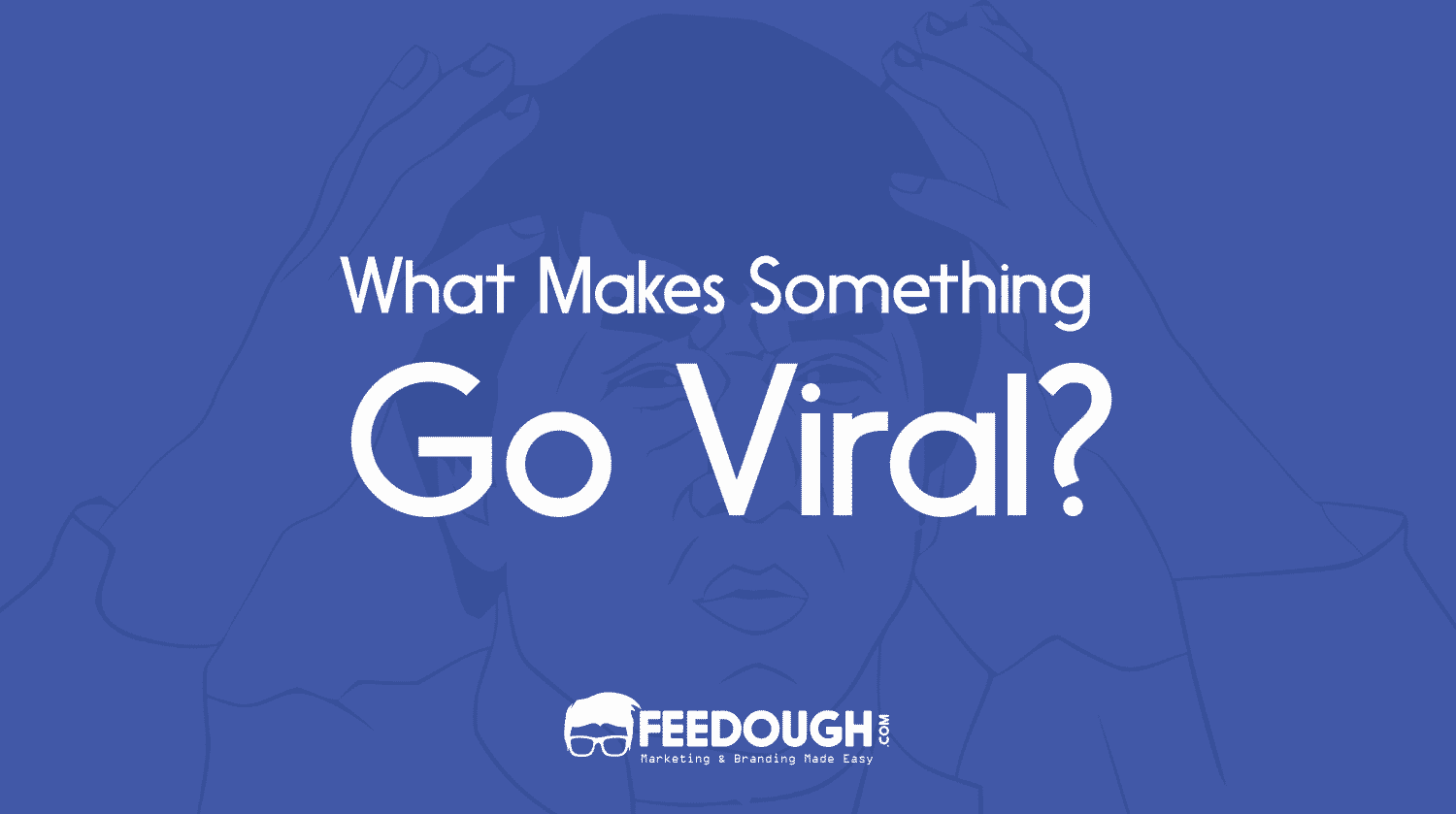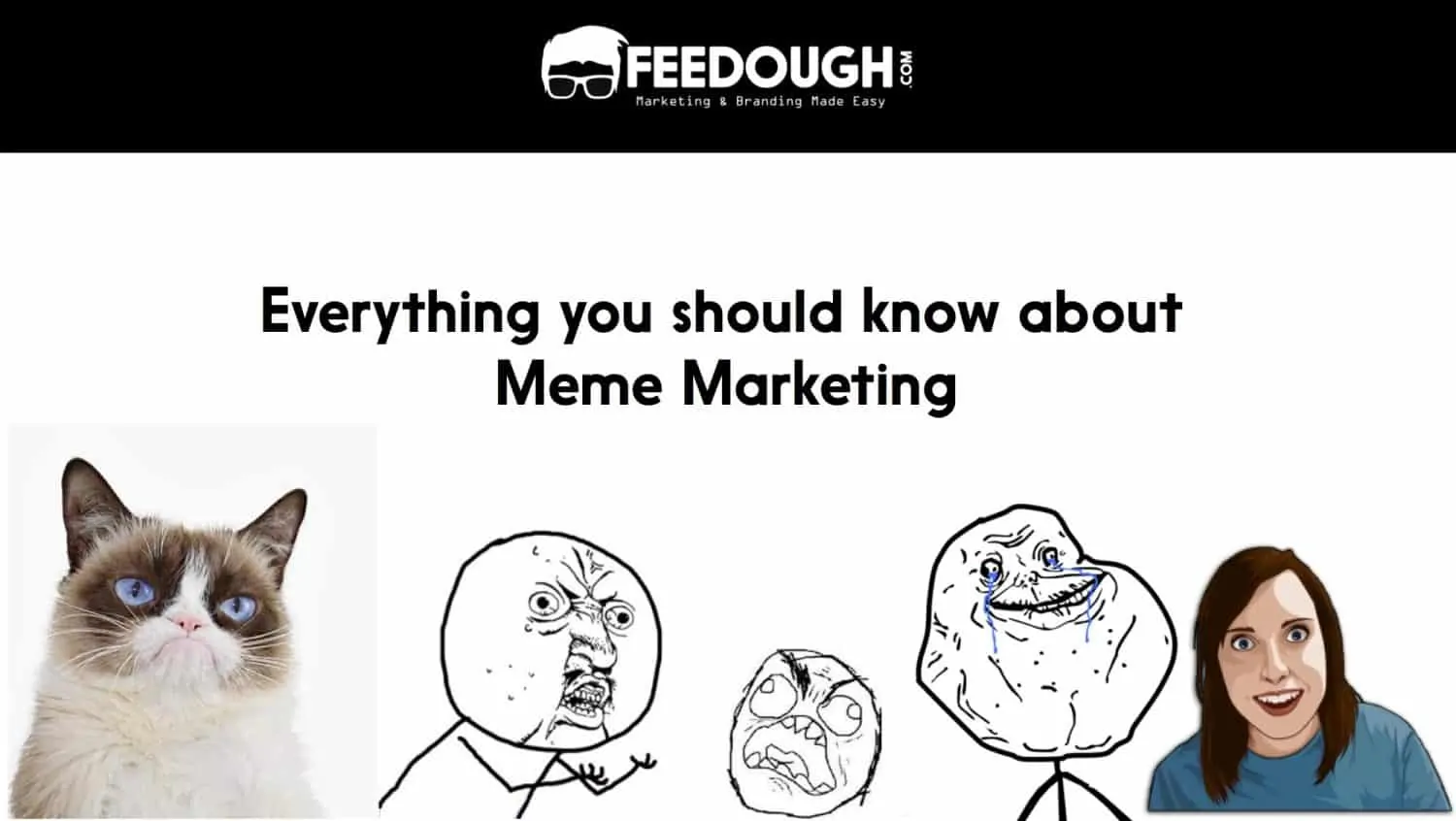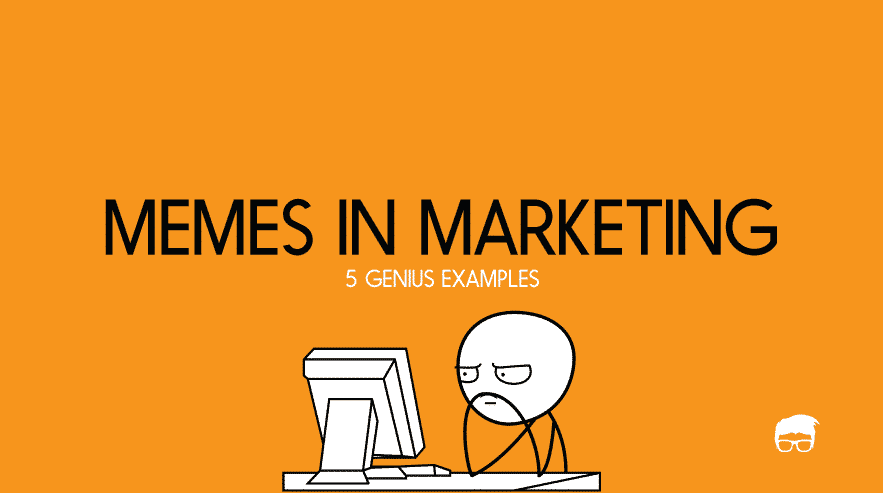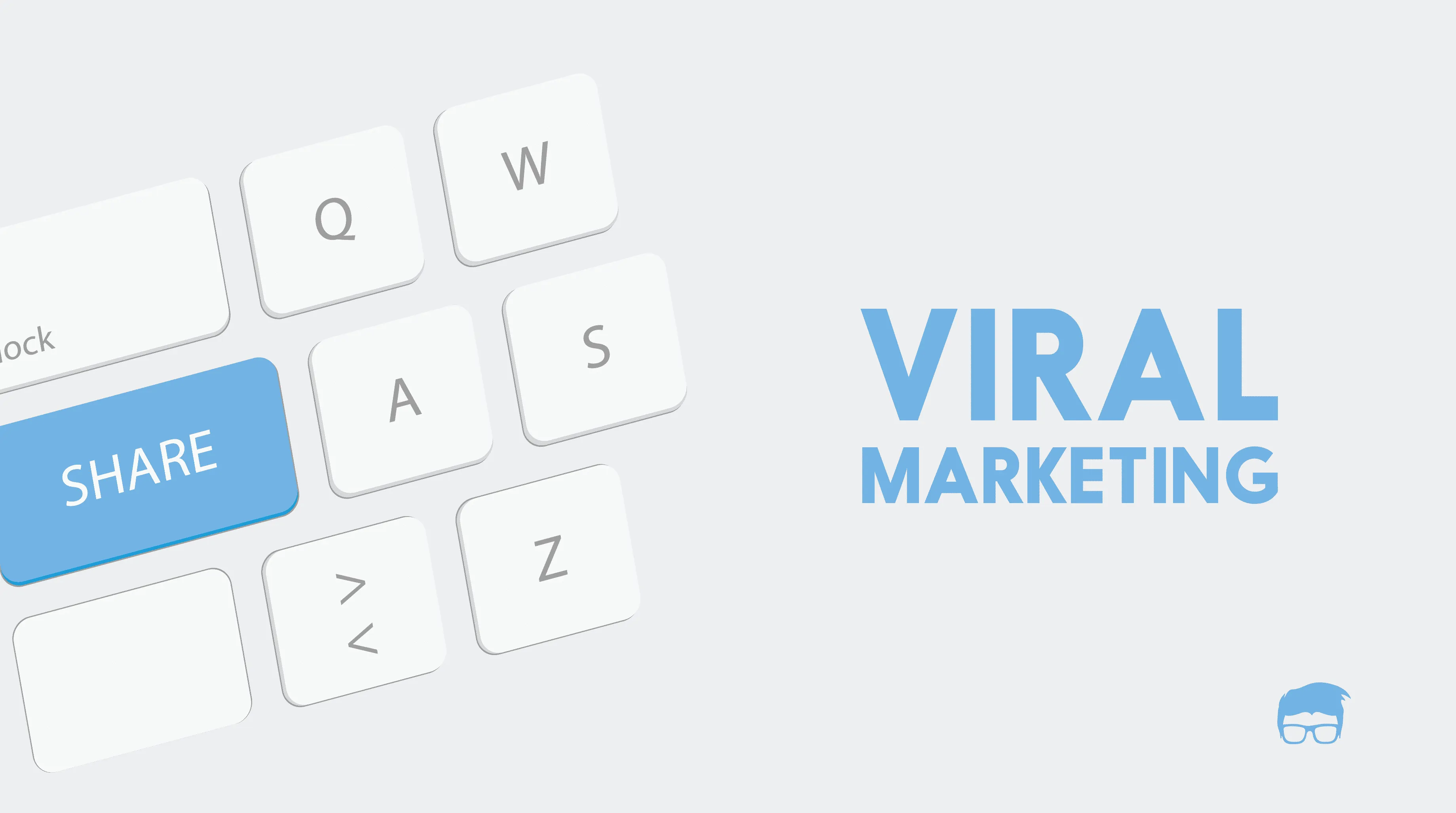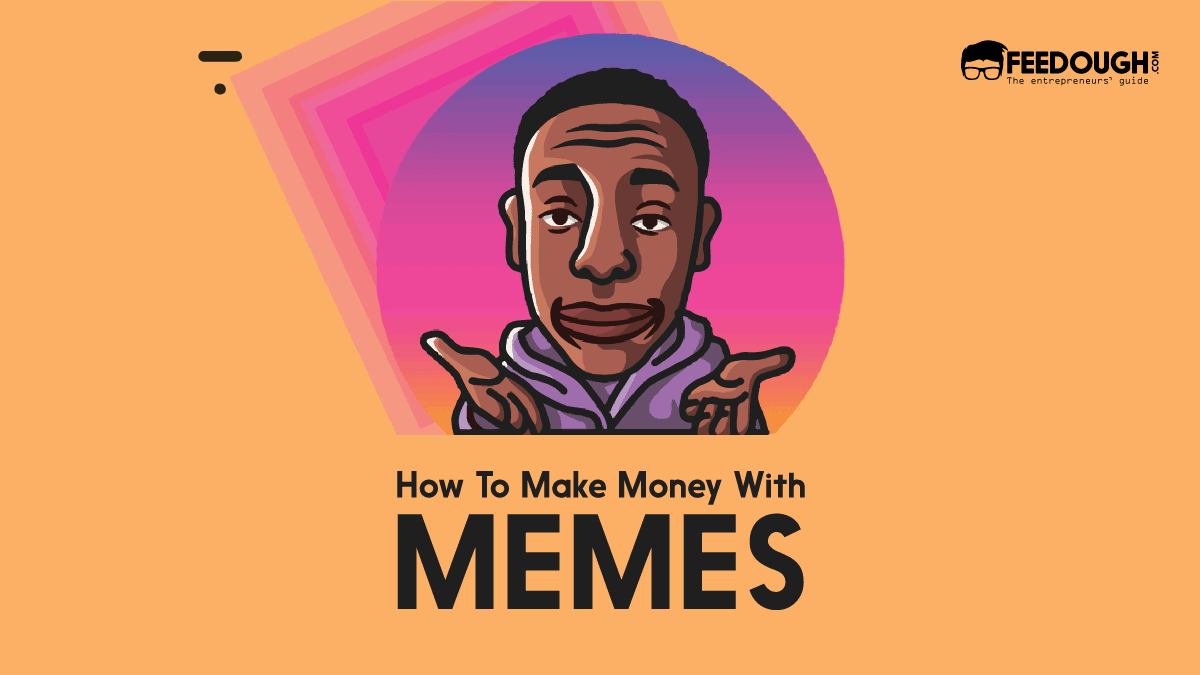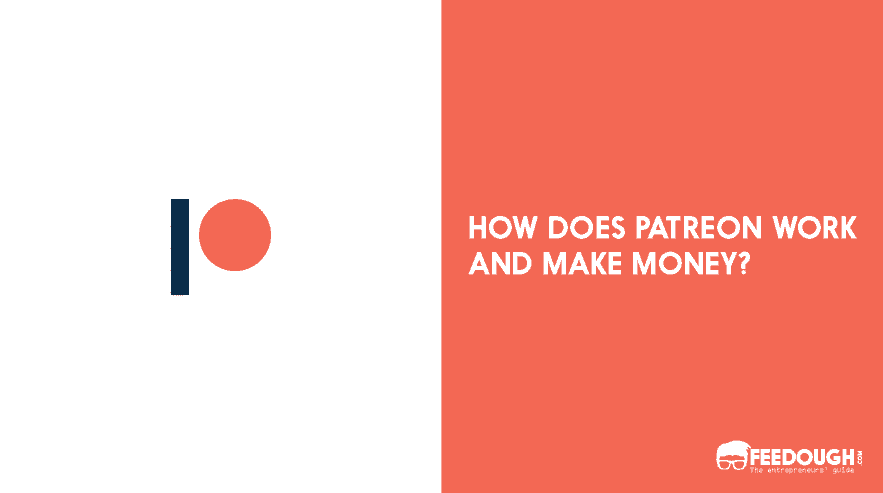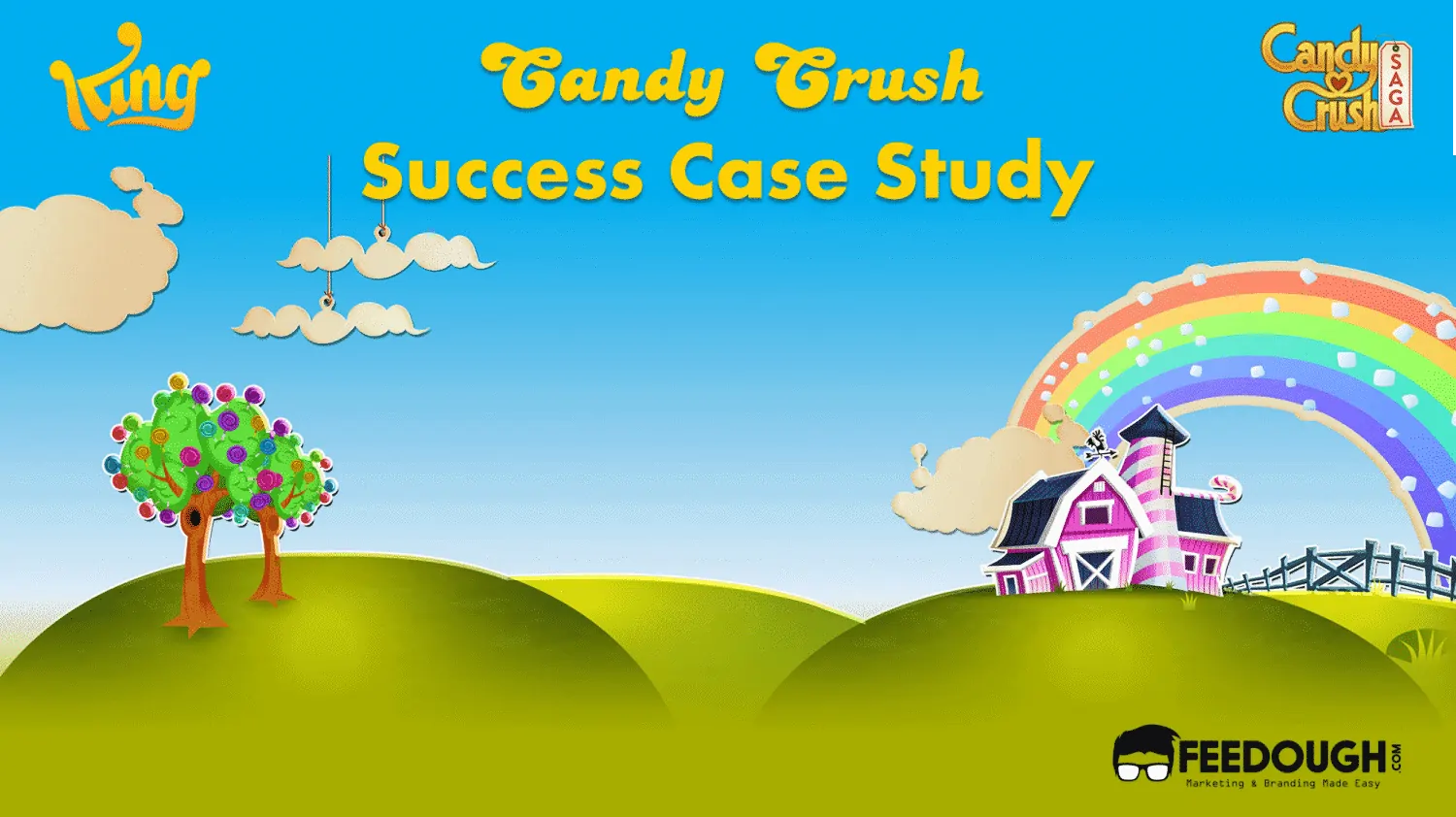The internet is a tough place if you don’t know its rules.
Is there anyone who wants to languish in utter oblivion? I guess not.
Most content creators put in a lot of effort for everything they make but only a few are able to reach the levels of craze and virality we all crave.
Who would not want their song to be the next Gangnam Style or Despacito? Who would not want their meme to be shared by hundreds of pages on Facebook? Who would not want to be the next Justin Bieber?
Well…in this case, maybe not everyone.
But we cannot ignore the fact he is a huge star and he began his career with YouTube and it skyrocketed as the numbers of views on his videos shot through the roof.
Today everyone on the internet wants their content to become viral.
But what does it mean? More importantly, HOW do you get things viral?
It’s not magic.
If virality experts are to be believed, there is a method to the madness, which we call the science of virality.
What Virality Experts Have to Say
The science of virality has been used by many entrepreneurs to build great viral products. Not just one or two, but many.
So if you want to know these “secrets”, read on.
Kevin Allocca

Kevin Allocca, YouTube Head of Culture and Trends at Google, has great insights as to what makes videos viral. As per Allocca, although a very tiny percentage of videos end up becoming viral or reach more than a million views, those which do have 3 things in common:
- Tastemakers,
- Communities of participation, and/or
- Unexpectedness.
Tastemakers are influential people who introduce average people to interesting things and help bring these things to the limelight. When a tastemaker or a group of tastemakers start sharing things on the internet, the process is accelerated and communities start forming around this “phenomenon”. That is where communities of participation come into the picture. Communities are responsible for the rapid propagation of content and even addition to it. In a world that is inundated with more content than anyone can hope to ever consume, virality is possible by only those creations which are unique and unexpected. Things which stand out get the attention that is necessary for virality.
Emerson Spartz

Emerson Spartz, founder of sites like MuggleNet, Dose and OMGFacts and a virality expert in his own right, says that the content has to connect with people, through emotion, nostalgia or humor, for them to share with others. Things which do not connect with people emotionally, will not go viral. Getting people worked up about something helps in getting tons of shares too.
According to Spartz, virality depends on Virality Coefficient (number of people one is sharing content with) and Cycle Time (how long it takes one to share content with someone else). The higher the viral coefficient and shorter the cycle time, the faster virality is achieved. Cycle times are shortened when sharing something makes you look cool in front of others. Every time someone shares something on the internet, this is one factor that definitely weighs on his mind. Virality is also impacted by how relevant or popular the topic of the content is at that particular time.
Spartz also argues that originality is not necessary for virality, instead the focus should be to figure out what works and then spread that in clusters that have not been reached yet with that content. He infers, from his research that lists, short paragraphs and sentences and pictures work the best if you intend to make the content viral.
Jonah Berger

If you scourge the internet for the science of virality, you will find the name of Wharton marketing professor and author of Contagious: Why Things Catch On, Jonah Berger all over. He is an authority on the subject of virality and he attributes 6 main reasons for the success of viral videos which he has given the acronym of STEPPS.
- Social Currency – People share content that makes them look good or rather cool in front of others. After all, no matter what we might say, all of us care about what others think of us.
- Triggers – Trigger is a stimulus that keeps people sharing your content. You might be hungry when you share a food porn video. Your hunger is the trigger here.
- Emotion – “When we care, we share”. People tend to share stuff that is emotionally arousing. Content with positive emotions is shared much more than that with negative emotions.
- Public – If something is popular already, chances are it will shared further. If the participation in that thing can be made public, even better. If you are not sure how to feel about your Mayor or his performance but there is a popular opinion doing the rounds, chances are you will end up propagating that opinion further. We all like to be part of a community and feel accepted.
- Practical Value – Practical, useful stuff gets instantly shared. That is why “How to” videos work so well.
- Stories – People love stories, especially if they are emotionally arousing. If you can tell a compelling story through your content, people will recognize and share it.
Berger says all viral content will have five traits in common: Surprising, Interesting, Intense, Positive and Actionable. The most shareable content will evoke strong positive emotions and offer practical, actionable advice. As an emotion, awe works the best. Although anger and anxiety work well too, awe is a more shareable emotion than them.
Matthew Inman

Founder of the webcomic The Oatmeal, Matthew Inman, shares his experience in creating viral content. According to him, easily relatable and digestible content is what makes the base for virality. Put that in a visual form that is useful to your audience and keep it preferably short and voila, you have a winner!
Seth Godin

According to American author and entrepreneur/marketer Seth Godin, only those ideas which are “remarkable” can spread. They can be remarkable in terms of look, value proposition, marketing etc. but they need to stand out from whatever has come before. Instead of making average products for the average buyer, who according to Godin, have become experts at ignoring advertisements thrown at them, companies should target innovators and early adopters. These are the folks he calls Otaku or those who have insane passion for the products they love. Otakus can drive for miles to get the coffee they love or stand in queues for hours to get their hands on their favorite phone before anyone else. These are the people who become not just customers but rather promoters of a brand or product they truly love. They are the ones who help make things go viral.
Elon University
While a study by Elon University says there is no magical recipe for viral videos, the most viral ones share certain characteristics between them such as short runtime, a short length of the title, an element of surprise, irony or laughter and musical qualities.
Upworthy
Upworthy, as a company and website, has mastered the art of virality. It managed to get the same number of followers in a period of a few months that its competitors took years for. So it made sense to study what they think made them so successful. According to the folks at Upworthy, it is the perfect framing of content that gets it clicks from people. Truly viral content will have high shares per view and high clicks per share. The best platform for viral content is Facebook and thus the content on any site should be easily shareable on it.
If one cannot create amazing content, one should find it and share it. What makes great content? Great content will have an emotional story arc and an inspiring meaningful message. People love good guys winning over bad guys. People love great production value but a great story even more. People love surprises. People love raw, honest moments. Speak to the audience in as human as way as possible and then frame the content with a headline that has a curiosity gap. Do you now get why you see headlines like “2 guys met at a bar. You won’t believe what happened next”? While you might think of these as click-bait, the creators end up getting thousands of views and shares and laughing all the way to the bank. But your content does not have to be deceptive. You can actually help people learn new stuff.
Josh Elman

Josh Elman believes virality is of different types and there are different methods of virality for different products or ideas. Every product cannot be approached in the same way. If you want to make things viral, you must know which category it belongs to so as to engineer its features in that manner.
- Word-of-mouth Virality – When your product is so good that people themselves talk about it with others and make it go viral. For such products, make the product features easy to describe.
- Incentivized word-of-mouth Virality – It is similar to word-of-mouth but you also provide a little incentive to people for referring your product to friends and family. It helps the company and the customers equally. You get new customers and customers get discounts or incentives.
- Demonstration Virality – When you use it, you show it off. That is demonstration virality for you. Products like Instagram, Pinterest and even Uber have benefitted from this.
- Infectious Virality – This type of virality works when you get more people to use the product you already use and thus are able to build a community around it. It ends up becoming a great deal for both the parties. It is similar to word-of-mouth but here you are referring the product for your benefit too. You spread infectious virality through invitations. That is how most social networks like Facebook, Twitter and LinkedIn came to the forefront in their initial days.
- Outbreak Virality – Some things are so fun that they have to be shared with the next person. That is how they gain ultra-fast virality. That is why memes go viral, that is why the cute cat video got viral and that is how Pokemon Go got viral too.
What Feedough Has to Say
We think, as clichéd as it may sound, that content is king. When you make extraordinary content, the world takes notice of it. Great content strikes an emotional chord with the intended audience and gets them to share it with others.
What Works
- Positive Emotions (humour, awe, wonder) – Negative emotions like anger work extremely well for virality but something that makes us laugh or gape in awe has even higher chances of getting shared.
- Uniqueness or Quirkiness – Let your content stand out. Sometimes even egregiously bad content becomes viral too, thanks to how uniquely bad it is.
- Element of Surprise – Shock them, surprise them, jolt them out of slumber. Be controversial. There is just too much material on the internet for you to be noticed by being normal and boring.
- Current Trends – Current, trending topics get shared much more than old content. People are constantly searching for latest trends on the internet. So you should aim to land on those searches.
- Visuals (Lots of Them) – The more visual it is, the less text it has, the better.
- Lists – Of course they work. We all love top 10s and top 20s. Countdowns even more. YouTube channels like Watchmojo have built their existence around such lists.
- Memes (We LOVE them) – Memes spread like wildfire. Yes, there are too many of them on the internet but the beauty of it is that every month, you get a new trending meme, which would be fresh, quirky and shared all over social media. With so many blogs, pages and groups sharing them, you can have multiple cycles of viral content and very effectively reach more people than ever possible earlier.
What DOES NOT Work
- Loooong paragraphs – Most of us have an attention span of a 5-year old. Need we say more?
- No Heart – Emotions drive virality. Make people inspired, happy, amazed or even angry but do not make content no one would care about. If your audience goes “Meh!”, it sounds the death knell for your content.
- Sleep-inducing material – Keep people entertained. The more fun they have, the more they will share.
- Endless Self-Promotion – Unless you are a Kardashian, refrain from excessive self-promotion. People like it when your content addresses them and their problems, instead of you blabbering about yourself till eternity.
- Complexity – Keep it simple, silly! Content which gets shared the most can be consumed on the go without stressing the grey matter of the brain too much. Of course, sometimes, complex content can get you viral too if you can generate enough awe. But in such cases too, although the topic can be complex, your handling should not.
For a product marketer, the main challenge would be to get more people to use your product. The adoption of any product is dependent on how effectively it solves a problem. In case of online content, that problem is making your consumer look good in front of others. Your aim as a marketer or content creator should be to develop content that does exactly that while standing out from the rest of the content available on the internet. Another problem that lies in front of marketers is the continuous evolution of what works and what does not. Viralogists keep pointing out what makes content tick and go viral, yet very few are able to make it so. Everyone seems to apply the best practices of virality yet end up achieving poor results. That is because when everyone is applying the same rules, the very principle that it has to be unique and surprising vanishes in thin air. As we have said before, there is no magic formula to making something viral. Human beings and their behavior and emotions are very difficult to understand even for fellow human beings. As long as your content can make you truly connect with other human beings, irrespective of how that happens, you will continue to have the opportunity to make it viral.
Go On, Tell Us What You Think!
Did we miss something? Come on! Tell us what you think of this article on The Science of Why Things Go Viral in the comments section.
Product Guy. Introverted Marketer. Engineer by education. Movie and TV Geek by nature. Can be seen reading comics and non-fiction books when not binging on movies and Netflix shows. Pop-culture junkie. Out and out foodie. Wee bit self-obsessed.”
